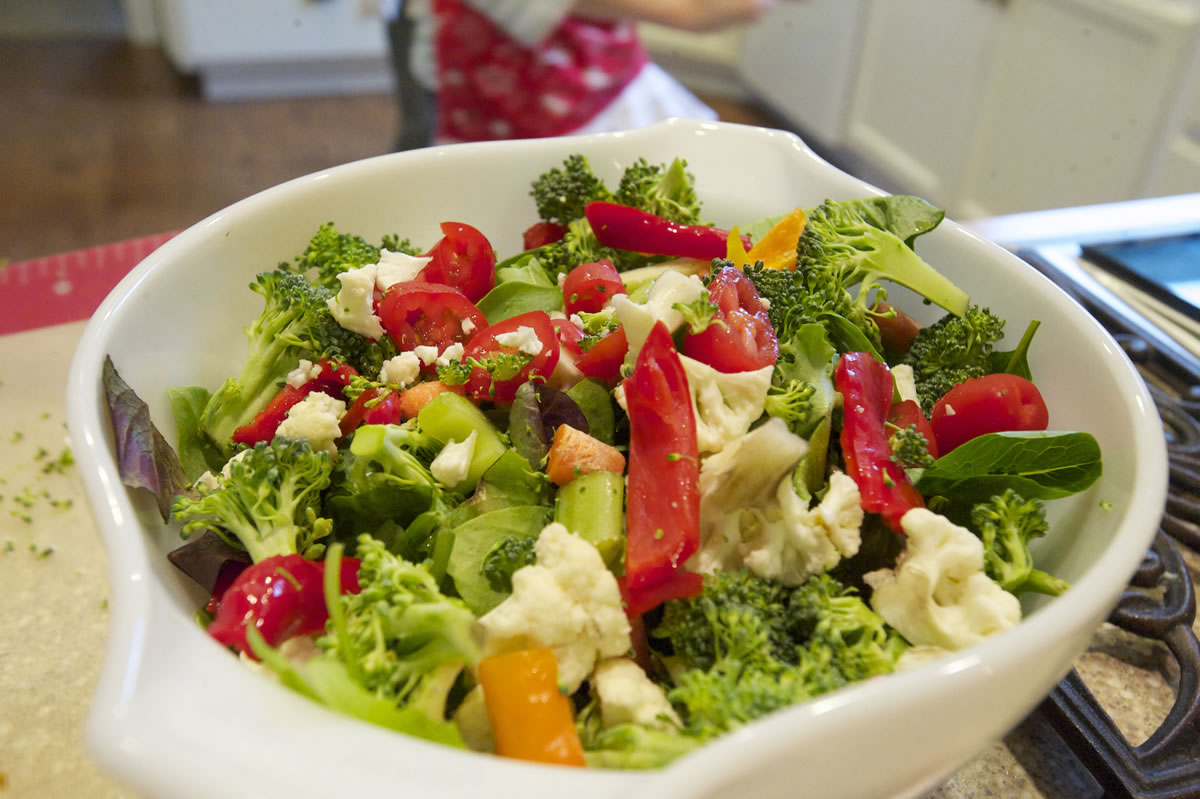More people are expressing interest in locally produced food, organic food, pasture-raised meat and poultry, and food free of genetically modified organisms, or GMOs. But buying those items can cost more than conventional food.
Here are the price differences for a few items at New Seasons Market in Fisher's Landing:
Milk
A half gallon of Portland-based Alpenrose brand 2 percent milk costs $2.79. A half gallon of Organic Valley brand 2 percent organic milk, which comes from Northwest farms, is $4.49.
Eggs
o The New Seasons brand of Pacific Northwest-grown eggs has two options. A dozen white, cage-free and antibiotic-free eggs costs $2.99. A dozen brown, free-range, organic eggs is $4.99.
o A dozen eggs from Inspiration Plantation -- which are pasture-raised and given organic, GMO-free feed -- costs $7.39.
Chicken
A New Seasons brand free-range chicken costs $2.49 per pound. A pasture-raised chicken, given GMO-free and soy-free feed, from Botany Bay Farm in Brush Prairie costs $4.99 per pound at the store.
Blueberries
A 6-ounce container of organic blueberries, grown in Washington, costs $4.99 (83 cents per ounce). An 18-ounce container of nonorganic blueberries, grown in Oregon, costs $7.99 (44 cents per ounce).




